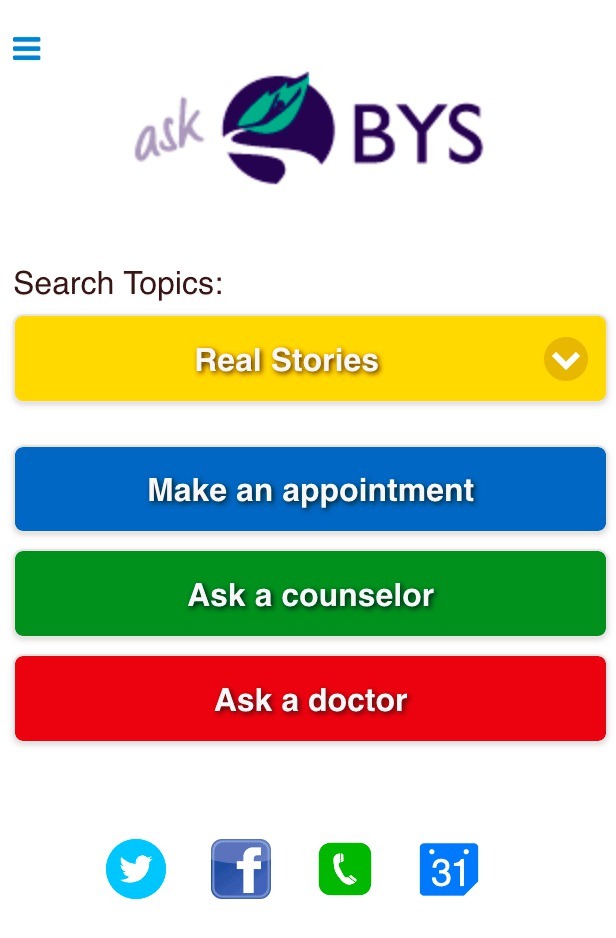Senioritis had struck.
The AP exam was over.
The students were ready to watch movies.
Kick back.
Come to class?
Maybe.
They were not particularly inclined to open their textbooks.
Which was fine with Jason Sovick.
He was not particularly inclined to teach Chapter 12, something about making lists — the abstract data type, not the sticky-note kind.
But he did want to do something with the six weeks left in the school year.
So how to inspire his competent coders, who looked more and more like victims of the Solanum virus?
The computer science teacher, who had served with the Peace Corps in Vanuatu, appealed to basic psychology.
He’d get his kids to use their newfound skills to help others.
The first year, he had the students make their own Mad Libs.
The second year, he dreamed bigger. He asked them to create applications for first- and second-grade teachers, for practicing addition and subtraction.
Then he got the idea to pair up.
“What I’ve been trying to do is build up partnerships with people on Bainbridge Island,” Sovick said.
Particularly with nonprofits. “Because a lot of times nonprofits have no budget, no help, no [technical] expertise, stuff like that. They’re busy dedicating their lives to their cause.”
Sovick found five island organizations in need of a website overhaul or app and set his 57 students loose; his only task to manage expectations.
“You have to set realistic expectations for what you can get done in six weeks, and they’re high school students,” he explained. “I can tell what’s going to work and what isn’t. So I make sure I contain the projects or scale them.”
Bainbridge Football Boosters and Bainbridge High School Sailing got new websites.
Bainbridge Artisan Resource Network, a digital makeover.
“It makes a little more sense now,” Sovick said of the website.
His students started to create an app, too, for scheduling meetings and workshops, but ran out of time.
Another team laid the groundwork for Melanesian Women Today, a nonprofit founded by Sovick’s wife that’s in the middle of launching an educational app.
“The app’s not published because we don’t have content,” Sovick said. “So the kids did the programming functions, so it’s easy to feed the app a document with the content you want in different languages.”
With the nonprofit’s emphasis on serving women in multiple South Pacific nations, embedded translation tools are critical to the app’s functionality.
But the project that stands above the rest is askBYS, the app four teams of students created from scratch for Bainbridge Youth Services.
Synched with BYS’ pre-existing website, the app allows teens to ask BYS therapists and doctors anonymous mental health questions, set up counseling appointments and read “real stories” — questions posed by other users and answers given by BYS staff.
One team tackled the look and feel; another, the backend work with the server; and a third figured out how to grab content from the server and lay it out correctly on screen — called parsing.
Chas Fordyce was part of the fourth team, the one that designed the collapsible search function, so that users could browse stories by topic: abuse, bullying, feelings, school, etc.
“The website had a search box that worked, except that the results were sort of a jumbled mess,” he said.
Fordyce enjoyed the hands-on exposure to web development and the opportunity to connect with real developers. Each week, students consulted with Kirk Godtfredsen, a BYS board member and IT specialist, who helped them troubleshoot and provided assistance when they got stuck. They also learned from mobile developers at UpTop.com, a Seattle-based software development company owned by islander John Sloat.
Publishing the app via Google Play was easy, but the process with Apple took time and money, Sovick said.
“For Apple, the security is really strict and you have to be a developer, which costs $100 for a whole year,” he explained. “And then you have to submit it for approval and they go through and test your app and make sure it’s legit and not spyware.”
Then, finally, comes that coveted place in the App Store.
The good news came in June, after many of the students who had made askBYS possible had already graduated. But Sovick made sure they got credit with a sidebar listing names and contributions.
Meanwhile, BYS is working on a roll-out plan, including presentations to every freshman health class and an incentive program for teens who take advantage of the technology.
“I imagine this will help a lot of students this year find the help they need, right when they need it from BYS,” said the nonprofit’s executive director Marina Cofer-Wildsmith.


